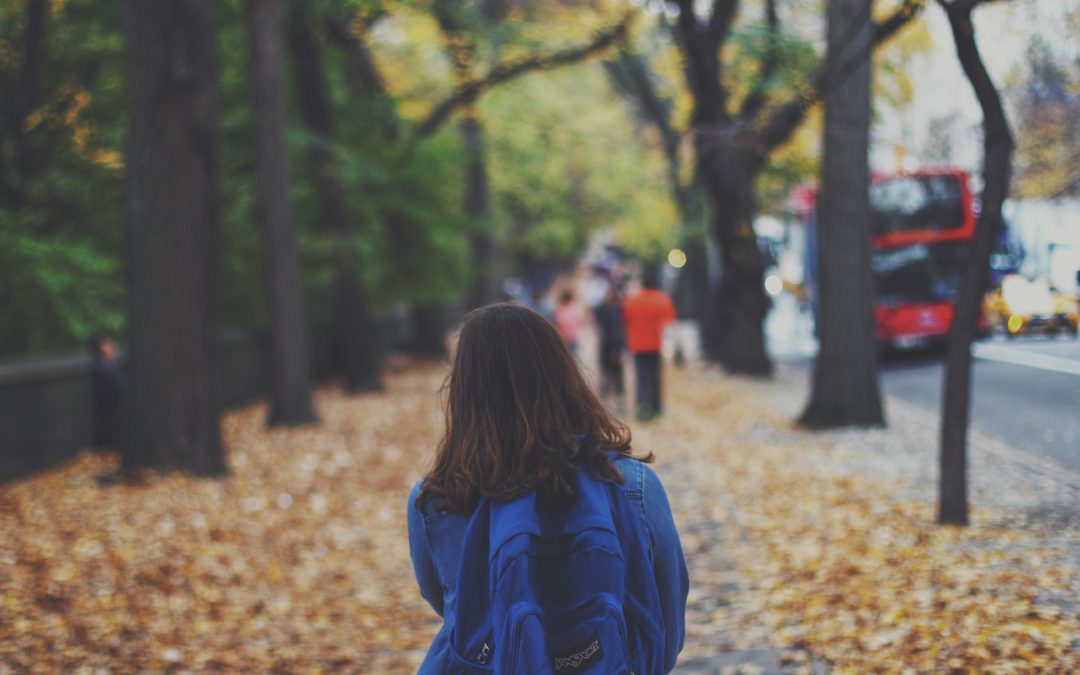Bullying doesn’t happen just anywhere. It is situational and usually happens in the same places at the same time of day. Most often, the “hot spots” where bullying takes place are those areas where adult supervision is limited or nonexistent. When students know that there will be no adult supervision in these areas, thy are more likely to initiate bullying behaviors.
School entrances and exits that are not monitored can become a common place where bullying can occur. Along with unsupervised gates, any barriers or other gates that are not visible from the main arrival/dismissal gate can become a bully’s best hangout.
Playgrounds are another “hot spot” for bullying behaviors. If playground supervisors are not easily visible or posted near potential “hot spots”, kids can easily find themselves being bullied on the playground at recess, lunch or before and after school hours.
Lockers and Hallways are often monitored by adults, however, congestion in the hallways can often disguise or hide bullying behaviors. An overcrowded hallway can increase the chance of fighting or pushing and shoving.
Stairwells, especially those that are not regularly used, can provide a potential bully zone. This is especially the case if the stairwell is not one that is normally used on a regular basis.
Restrooms are the number one place where most people believe that bullying takes place. Often, students do not use the restroom during the school day for fear of being a target of bullying when there is no adult supervision.
Cafeterias are also a familiar place for bullying behaviors to take place as this is the place where students mist often interact socially during the school day.
Buses and Bus Stops before and after school, are a common place where bullying occurs. Bus drivers have two “blind spots” where the kids know they can misbehave without getting caught. Directly behind the driver and in the back corners are the two places in the bus where the driver does not have a clear view of all kids while driving the bus. Kids who walk to and from school are also susceptible to bullying.
Bullying is less likely to happen if parents and school staff can partner to increase adult visibility in these “hot spots” so that students can feel safe and know that there are adults available to help when needed.



Recent Comments